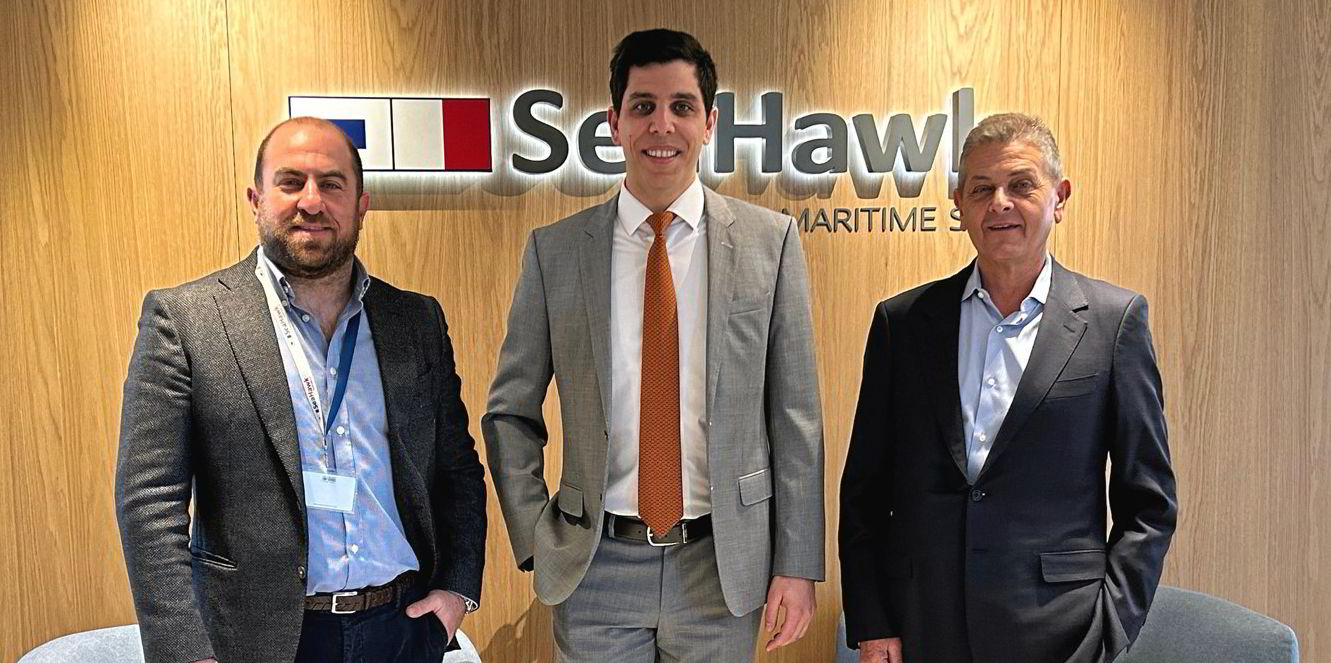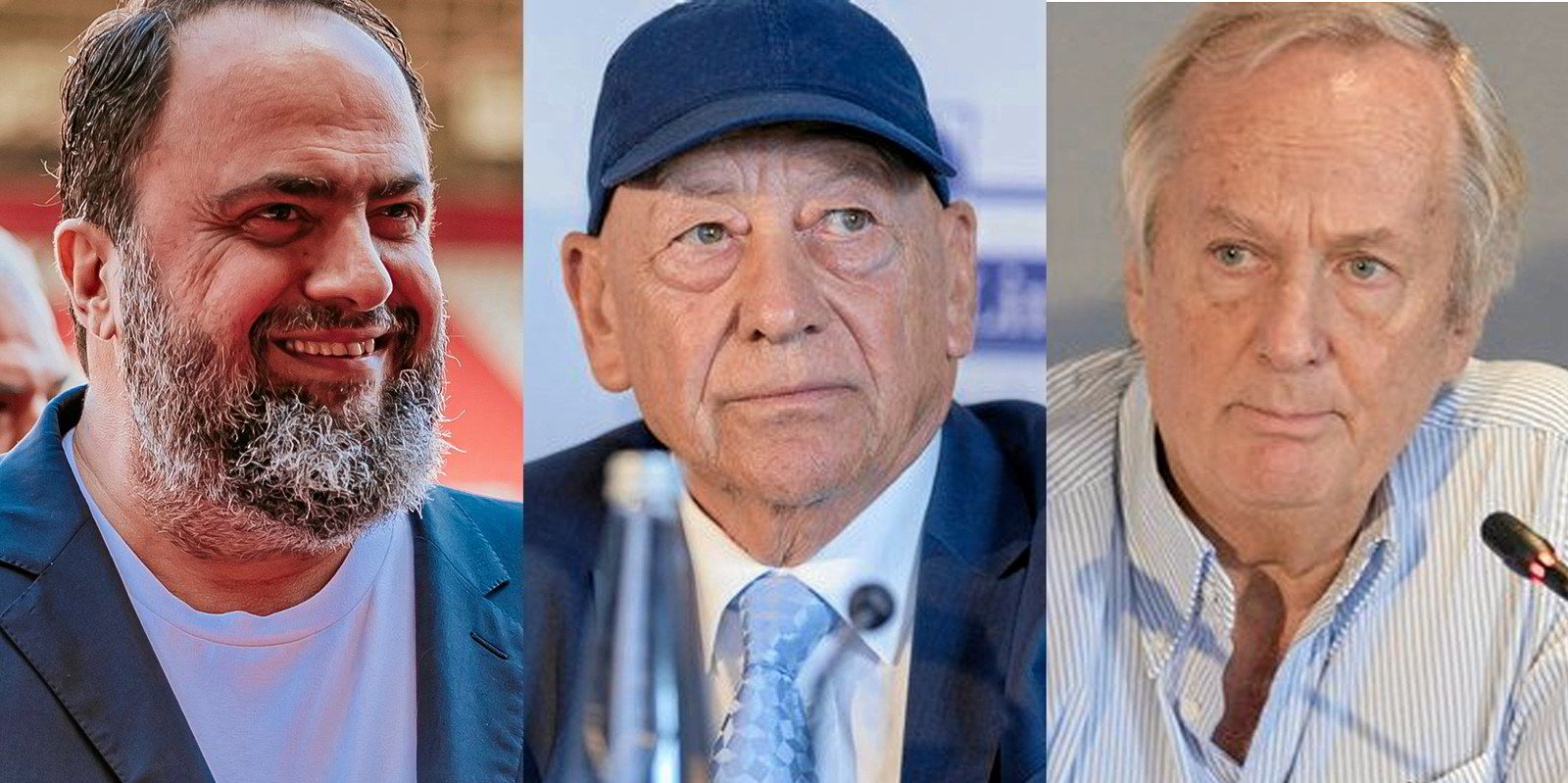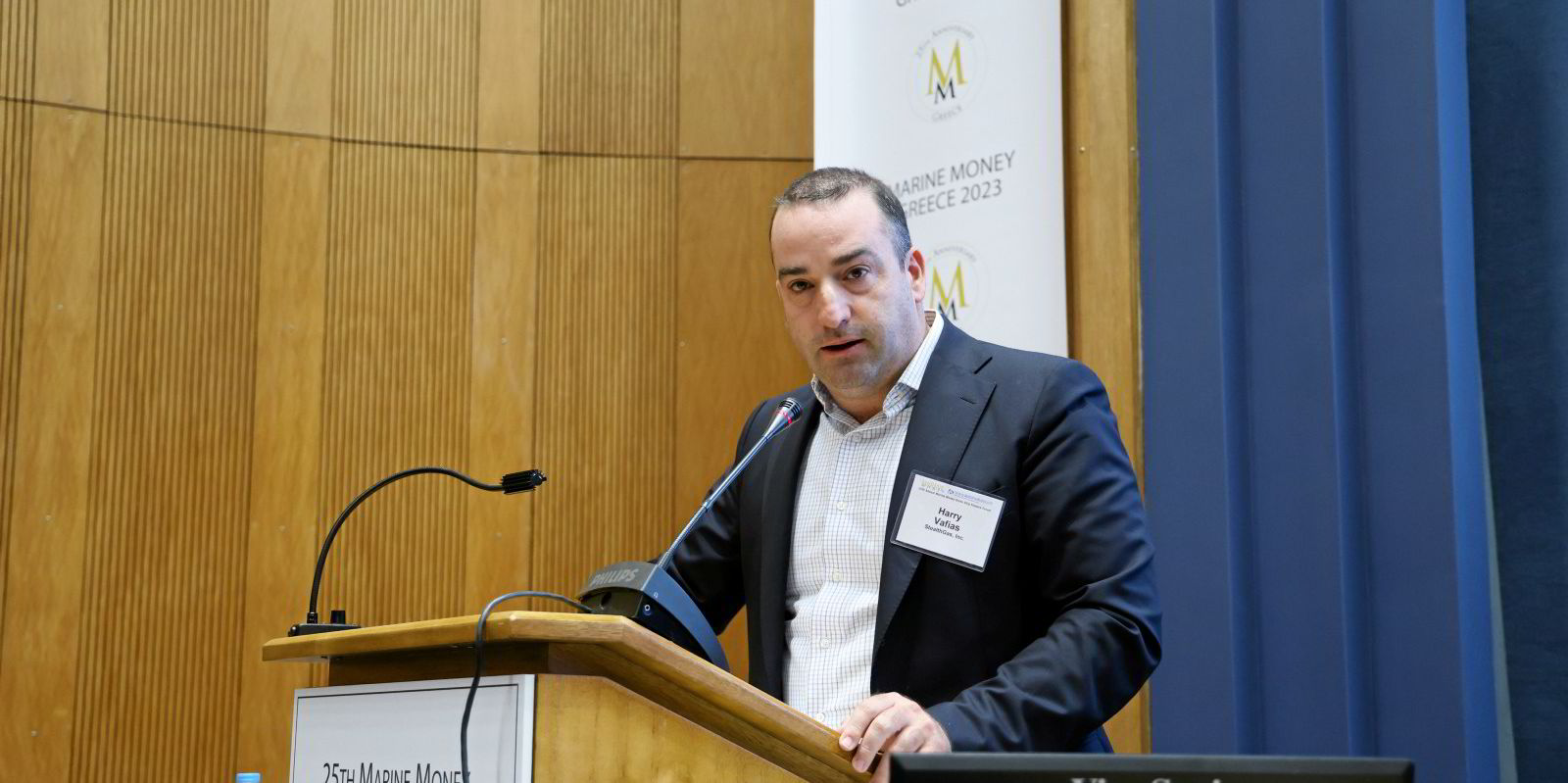Sea Hawk Maritime, a company led by the second generation of Greece’s Kourtesis family, is following up on plans to build up and diversify its portfolio, with the priority being gas carriers.
TradeWinds reported back in February how the owner of two MR tankers made its first bets in the LPG segment.
It acquired two vessels in the secondhand market and signed a letter of intent for a newbuilding with an unidentified Japanese yard.
Managing director Michalis Kourtesis has now revealed the yard is Sasaki Shipbuilding Co and that Sea Hawk has signed a second newbuilding there.
The new order is for an identical, conventionally fuelled, 11,000-cbm fully pressurised vessel equipped with a fully electronic engine.
Its delivery is scheduled to take place towards the end of 2027, a few months after the completion of the first newbuilding at Sasaki.
No firm employment has been agreed for the two hulls so far and the company is in no rush to get there. “We’re in talks with several different parties and we’re collecting ideas,” Kourtesis said.
When it comes to his existing LPG fleet on the water, the Greek owner is keen to fix it for the long haul.
The first LPG ship that Sea Hawk bought in December, the 20,600-cbm Irmgard Schulte (renamed Gas Melody, built 2009), has already been fixed for one year.
Long-term employment has also been arranged for another pair of secondhand ships that the company agreed to acquire in May.
Kourtesis said he is in no position to identify the vessels, as Sea Hawk has not yet formally taken delivery of them. However, he described them as medium gas carriers that are about 10 years old.
London-based brokers later identified the two ships as the 35,600-cbm Surville (built 2014) and the 35,600-cbm Verrazane (built 2013), acquired for nearly $100m in total.
Broadening gas carrier portfolio
Sea Hawk’s secondhand and newbuilding deals widen its footprint to cover the biggest part of the gas carrier spectrum — from fully pressurised to fully refrigerated to semi-refrigerated vessels.
Having now five gas carriers on the water or under construction, Kourtesis has very quickly achieved the size target he had set himself for that part of his fleet.
The Greek owner and his brother, Neofytos, who is Sea Hawk’s operations manager, had stated in February that they would seek to eventually grow the company to five vessels in each of the dry, wet and gas segments.
The reason why the company has decided to start its expansion in gas carriers first, rather than in tankers and bulkers, is simple.
“Even though prices in this sector [gas] are a bit above historical long-term averages, they still offer better value for money at this point in time,” Michalis Kourtesis explained.
“We are firm believers in the gas carrier market, both in the long and short term,” he added.
(This article was updated after original publication to identify the two LPG carriers that Sea Hawk acquired on the secondhand market)





